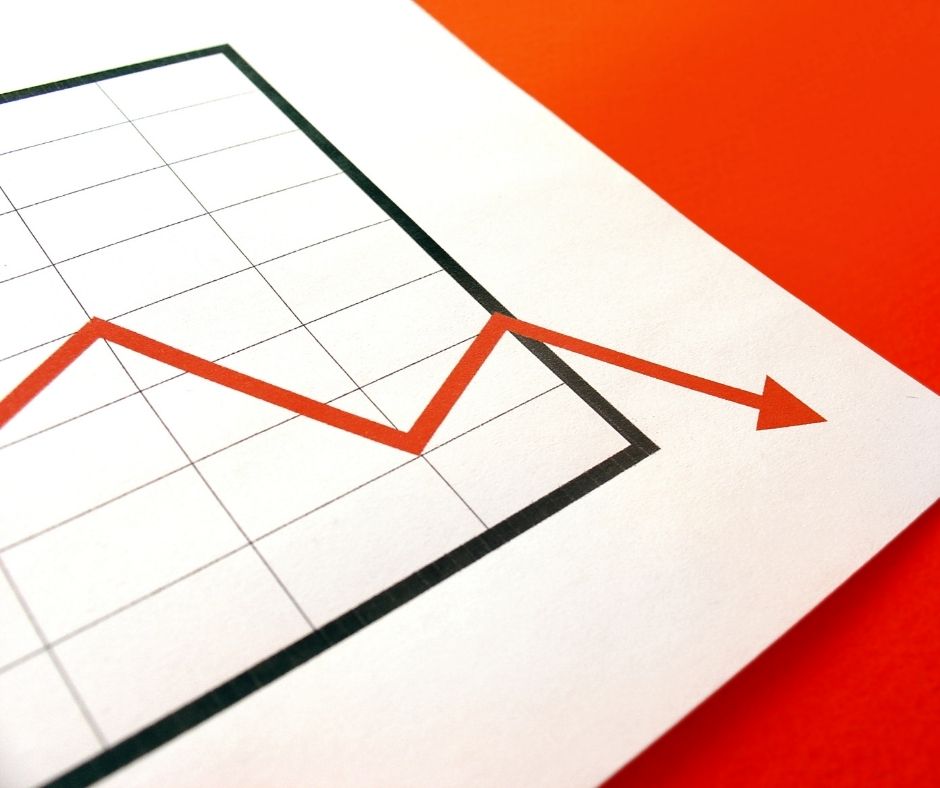The value of a cryptocurrency cannot go below zero.The amount you pay for a currency or token is defined by its market price plus any trading costs.You can get bitcoin in exchange for goods or services, or through mining.The lowest possible market value for such coins is $0.
Crypto prices can vary dramatically due to market speculation, but they can never fall below zero.That would imply that you'd have to pay somebody to collect your money or tokens.There is no such thing as a zero-value item, property, security, or money.However, if you trade on margin or engage in short-selling, which is explained further below, you may wind up with a negative amount in your account.
How Does It Avoid Turning Negative?
Before I go into detail, it's necessary to understand how the full transaction method operates.I'll go over it in more depth in a later part, but for now, just know what it is or how it can't go negative.
P2P-network technology is used by cryptocurrencies such as bitcoin (peer to peer).Cryptocurrency computations and payments are carried out on a blockchain computer system, which is made up of numerous nodes.A node could be operated by anybody.
Every node is provided with a list of all operation records as well as each address's balance.The record will say something such as "(blank) donated Y amount to (blank)" as soon as a deal is completed, and it will be sealed before the computer nodes confirm the transaction using a special method.After the transfer has been properly authenticated, it is combined with previous transactions to form a new data frame for the accounting records.
That data block would then be synced with the remainder of the blockchain and becomes immutable, finalizing the deal.In the event that there are inadequate money in the account, a script within the program will refuse the transaction.However, it is the intake and output that are being examined, not the balance.When transferring the currency out in a transaction, the output is examined.
If you needed a smaller amount than what you were donating, the output would just be added to the amount you were giving to give you the change.The greatest example to use is if you paid for something with a $10 note that was just $8, you would just simply have the $2 dollars returned to you.
Instead of checking the account balance after every operation, the inputs and outputs are verified every time a block is introduced to the blockchain.The code prevents a negative "balance" by recording each coin spent and preventing someone from being given any more than they already have.
The software may nevertheless re-check all of the blocks for any incorrect transactions and retain them in order to add fresh blocks faster.Each additional output in the chain is assigned a certain value, and when one is utilized, the outputs are given a different sum that cannot be higher than the previous one.
But if a node receives a transfer that doesn't even comply with the crypto enabler's regulations, the coin will be refused for expenditure.Alternatively, if the amount on the transaction's output is negative, the block which includes it will reject it.
Another of the blockchain system's functions is to stop people from double-spending.There is no need for an overdraft charge with this method as there is no such issue like overpaying.
Published: 05/19/2022

